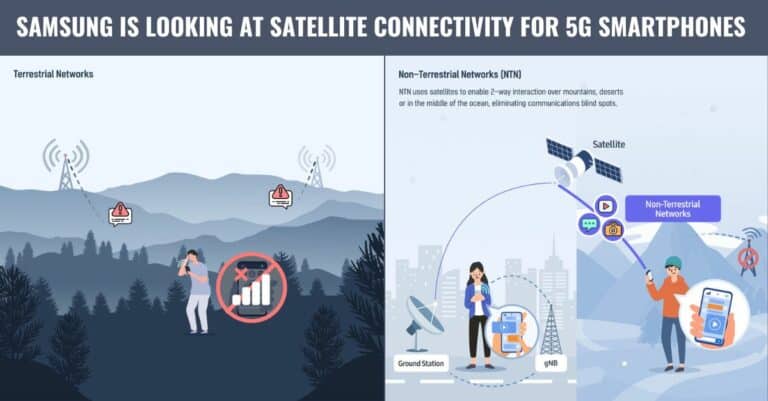Amdocs will launch a solution using Google Cloud’s AI and BigQuery to automate network operations and enhance customer experiences
SUNNYVALE, Calif., Feb. 26, 2025 /PRNewswire/ — Amdocs (NASDAQ: DOX), a leading provider of software and services to communications and media companies, and Google Cloud today announced a major initiative to transform how telecommunications companies operate, maintain, and optimize critical 5G network ecosystems with AI. Using Google Cloud’s Vertex AI and BigQuery, Amdocs will launch its new Network AIOps solution to help 5G network providers automate complex network operations, enhance service reliability, and improve customer experiences.
Communications service providers (CSPs) face mounting pressure to reduce operational costs, enhance network resiliency, and deliver exceptional customer experiences. To achieve these goals, they are investing and migrating their 5G ecosystems to distributed networks built upon cloud-native technologies. This shift brings many complex challenges, including the integration of equipment from multiple vendors, management of distributed architectures, the need for real-time optimization, and the extraction of insights from increased network data.
“Intelligent, automated solutions can help solve the complexity that modern 5G networks bring to CSPs,” said Anthony Goonetilleke, group president of technology and head of strategy, Amdocs. “Our collaboration with Google Cloud and the launch of Amdocs Network AIOps empowers CSPs to transform their networks, reduce operational costs, and deliver exceptional customer experiences.”
Amdocs Network AIOps is built on Google Cloud AI infrastructure, including Cloud Storage, Dataflow, Dataproc, BigQuery, and Vertex AI, and provides a scalable and reliable foundation for network optimization. It enables:
- AI-driven insights: The solution uses Google Cloud’s BigQuery, Vertex AI, and Gemini models for predictive analytics and root-cause analysis. This helps CSPs proactively manage their networks and reduce incident resolution times.
- Automated workflows: Network AIOps automates routine tasks such as network configuration, performance optimization, and incident remediation, freeing up resources and minimizing human error.
- Closed-loop automation: The solution continuously learns from data and actions to improve accuracy and efficiency, optimizing network performance over time.
- Predictive maintenance: The solution uses machine learning to predict network failures and minimize downtime, enhancing network resiliency and reducing operational costs.
“Google Cloud’s AI and data solutions, coupled with Amdocs’ deep telecom experience, are enabling CSPs to build and manage next-generation networks more effectively,” said Angelo Libertucci, global industry lead, Telecommunications, Google Cloud. “This solution will help accelerate the adoption of AI-powered automation and ultimately help CSPs deliver exceptional customer experiences.”
About Google Cloud
Google Cloud is the new way to the cloud, providing AI, infrastructure, developer, data, security, and collaboration tools built for today and tomorrow. Google Cloud offers a powerful, fully integrated and optimized AI stack with its own planet-scale infrastructure, custom-built chips, generative AI models and development platform, as well as AI-powered applications, to help organizations transform. Customers in more than 200 countries and territories turn to Google Cloud as their trusted technology partner.
View original content to download multimedia:https://www.prnewswire.com/news-releases/amdocs-and-google-cloud-announce-partnership-expansion-to-optimize-5g-network-operations-with-ai-302386512.html | SOURCE Google Cloud



















